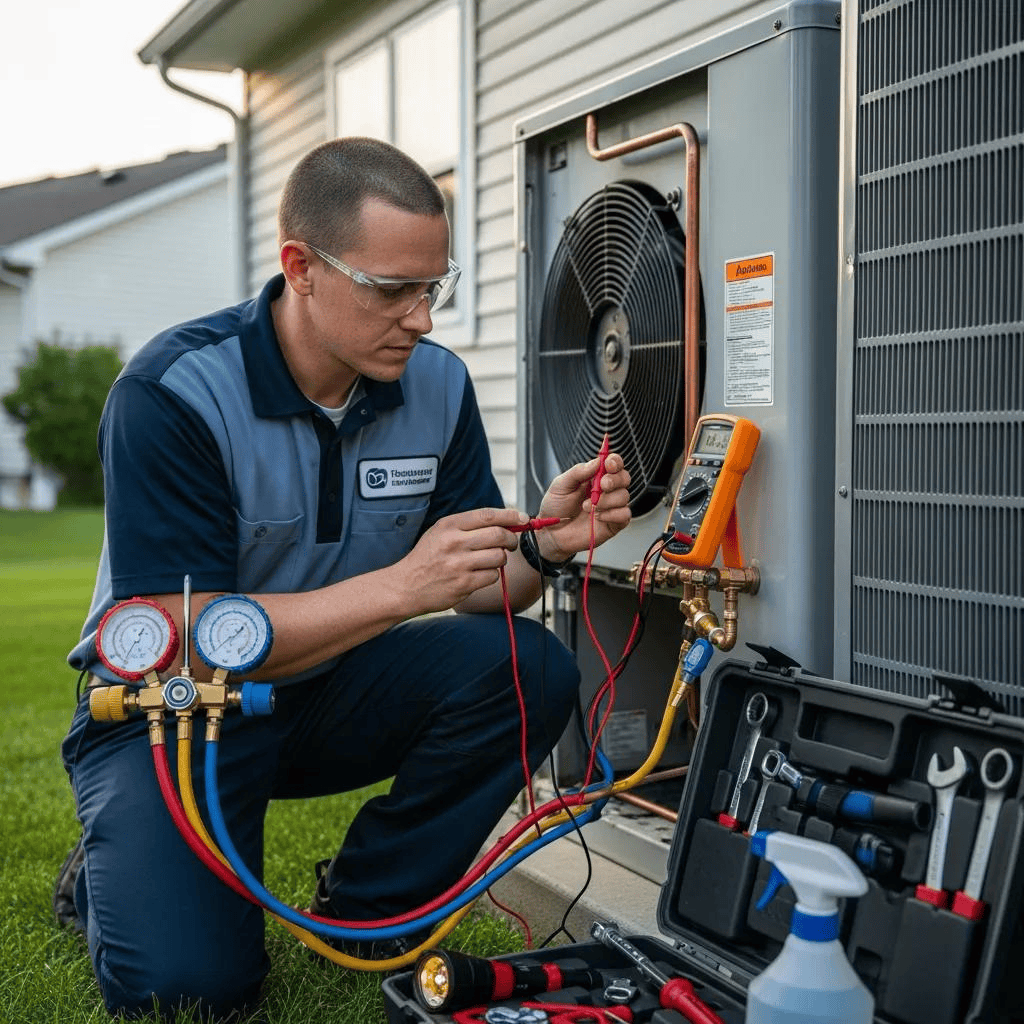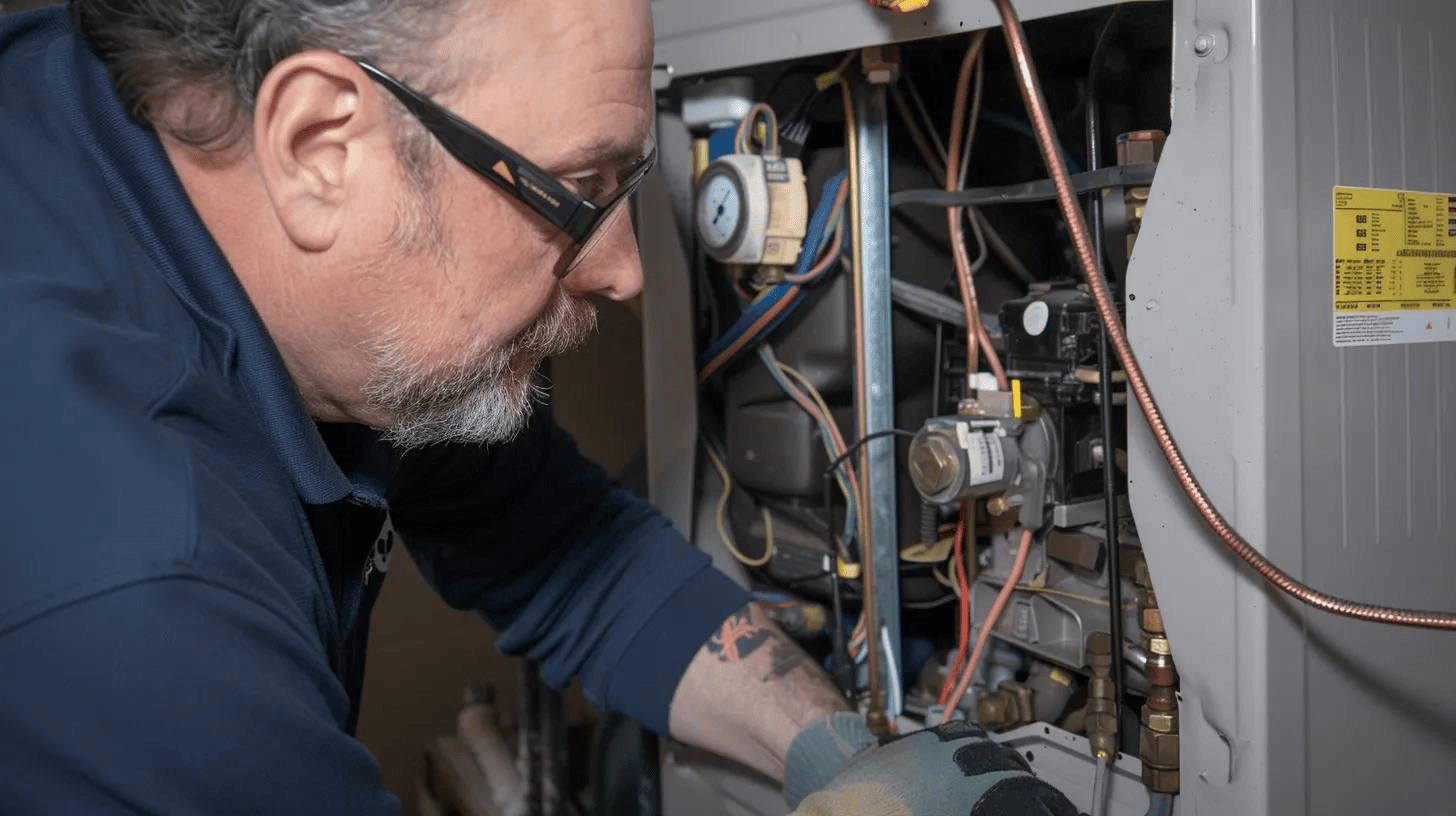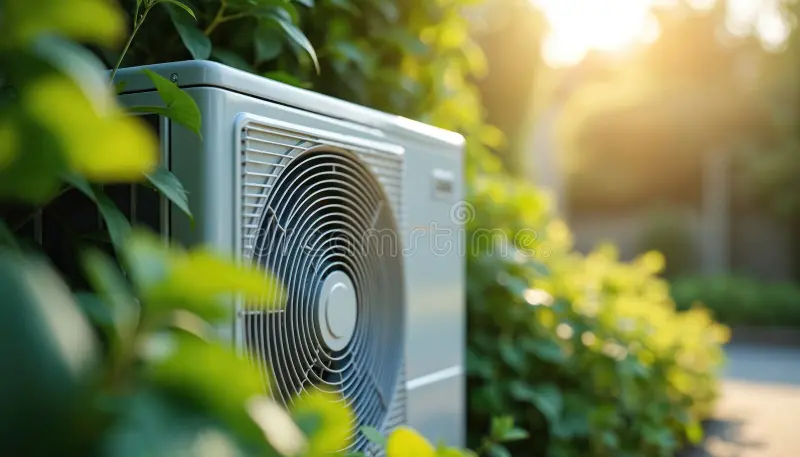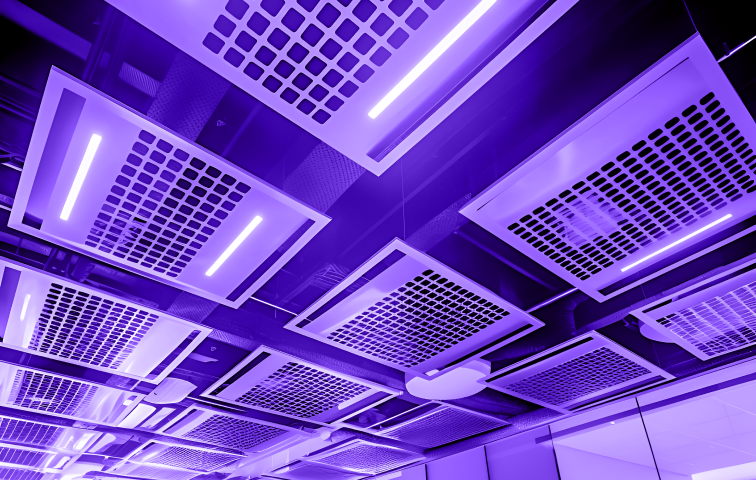If your air conditioner kicks on and you smell something musty every time air blows from the vents, there's likely a mold issue inside your HVAC system. This is a common issue in humid areas like Slidell, where moisture builds up in cooling equipment and ductwork. When that moisture isn’t properly managed, it creates the ideal environment for mold growth. Once mold takes hold, it spreads through the air the system pushes into different rooms of your home.
Ignoring the problem does more than make the air smell unpleasant. Mold circulating through air vents can affect indoor air quality and trigger health issues. It can also damage system components over time. Tackling these smells early can help keep your AC running properly, your home more comfortable, and your indoor environment healthier. Understanding why the smell is there and what to do about it makes all the difference.
Identifying The Source Of The Moldy Smell
Most of the time, musty odors from an HVAC system come from one or more areas inside the system collecting moisture. Air conditioners in Slidell run often during the summer, and this nonstop usage causes condensation to form on coils. If that moisture doesn't fully drain, it becomes a growing spot for mold. Ductwork, drain pans, and filters are all frequent sources for mold problems.
Common causes to consider include:
- Dirty evaporator coils
- Clogged or standing water in the drain pan
- Saturated or old air filters
- Poor drainage around or inside the unit
- Ducts that have leaks or cracks, letting moist air in
When these components collect moisture or dirt, the chances of mold increase. Then, as the AC runs, it spreads spores and smells across the home, making it feel damp and uncomfortable.
Here are some signs the system might be dealing with a mold problem:
- A persistent musty odor coming from the vents
- Dust building up around vents even after cleaning
- Allergy symptoms or breathing difficulty indoors
- Visible mold spots in or near your AC or return vent
- AC seems to run but home still smells stale
Let’s say a Slidell homeowner notices the smell gets worse after the AC has been running for a while. This often points to growth inside the ductwork or near the evaporator coil. That odor usually builds as humidity rises inside the system, which is common during summer. Catching the problem at this stage avoids the need for deeper system cleaning or possibly even duct replacement.
Once mold takes root, it can begin damaging insulation and spreading into other components. The longer it goes unchecked, the more likely it is to affect system performance. Taking early signs seriously helps avoid bigger repairs and poor air quality later.
Immediate Steps Homeowners Can Take
While full mold treatment should be handled by our professionals, there are a few checks you can do around your home to spot and control potential causes:
1. Replace the air filter – If the filter is full of dust or looks damp, swap it out for a clean, high-quality filter. This supports better airflow and reduces mold-friendly conditions inside the system.
2. Look inside visible duct openings – Shine a flashlight into one or two of your vents. If you see dark patches or something with a fuzzy appearance on the lining, that could be mold growth. Avoid touching it but make a note of what and where you saw it.
3. Check the HVAC drain line and pan – Locate the drain near the indoor unit, often found in an attic or closet. See if it’s blocked or holding water. Pools of standing water or green buildup could signal poor drainage or algae problems.
4. Review your thermostat settings – If humidity is high inside your home, your HVAC should be running long enough to remove moisture. Consider adjusting your cooling settings or using your system’s humidity control function if it has one.
These quick visual checks help narrow down the issue and provide reliable information when it comes time for a technician visit. Avoid cleaning vents or equipment without proper tools and safety measures, as that could spread spores around your house.
The sooner you catch where the smell is coming from, the smoother the fix will be. Taking small steps now helps avoid bigger mold problems that can develop inside an HVAC system over time. If these checks point toward something more serious or if the smell keeps coming back, it’s time to bring in our technicians who are trained to safely handle these problems.
The Role of Professional Assistance
When the moldy smell from your vents won’t go away, even after basic changes like replacing filters or adjusting your thermostat, it’s time to get the system inspected by our professionals. Persistent odors typically mean the issue runs deeper within the HVAC system and may involve duct contamination or mold colonies forming around internal components that cannot be cleaned without professional tools and training.
Our technicians start by inspecting all key areas, including your evaporator coil, return vents, blower compartment, and ductwork. They check for standing moisture, clogged drain lines, and any signs of visible mold. If needed, our professionals use special equipment to confirm mold presence and recommend a targeted solution based on what they find.
Here are a few examples of the services our technicians provide to fix mold issues in HVAC systems:
- Full coil and drain pan cleaning
- Professional-grade ductwork mold treatments
- Identifying and repairing leaks allowing moisture into the system
- Improved drainage solutions for recurring water buildup
- Installation of UV lights or other microbial control enhancements
Unlike surface-level cleaning, professional remediation reaches inside the HVAC system where mold often hides. Mold trapped inside the blower or deeper inside ductwork can quickly return if not thoroughly removed. Our technicians know what tools and cleaning agents are effective and safe for residential systems.
Bringing in trained experts also helps prevent risk to your health. Removing mold without the right gear or treatment methods can cause it to spread further. Our professionals contain the problem and restore clean airflow without compromising system parts or home air quality. If the problem is caught soon enough, it can often be handled without major reconstruction or full duct replacement. Early professional action leads to cleaner air and better overall system performance.
Preventative Measures to Avoid Future Mold Issues
Once the moldy smell has been resolved, the next step is preventing it from coming back. Regular maintenance and moisture control are the cornerstones of keeping your HVAC system in Slidell mold-free. Since summer humidity levels tend to stay high, staying ahead of potential moisture buildup becomes especially important.
Here are several steps you can take year-round to stop mold from gaining a foothold:
- Change air filters every 1 to 2 months, or as recommended
- Schedule professional HVAC maintenance at least twice a year
- Use a dehumidifier during peak humidity months to lower indoor moisture
- Keep indoor humidity levels under control, ideally below 60 percent
- Make sure the drain line and drip pan stay clean and open
- Seal up any duct leaks that can let moist outside air into the system
- Leave fan mode on “auto” rather than “on” to cut down excess moisture
Even small steps like using the bathroom exhaust fan or avoiding moisture buildup near supply vents can make a big difference. Mold thrives when moisture lingers, so your focus should be keeping air flowing and humidity low. It is also helpful to have the ductwork checked periodically, especially if your home has had mold problems before or if your insulation is older or exposed to frequent condensation.
Preventative habits add up over time. Slidell homeowners who keep up with filter changes, routine inspections, and monitor indoor moisture stand a much better chance of avoiding moldy smells in the future.
Enjoying a Fresh and Healthy Home Environment
Getting rid of moldy smells from your HVAC system starts with understanding what causes them and how to spot the early signs. Once you have taken simple steps like inspecting drains, replacing filters, and adjusting settings without seeing improvement, it is often a sign that our professionals need to step in. With the right tools and proven cleaning methods, they can locate, remove, and help prevent mold growth deep within your system.
A clean HVAC system does not just smell better—it keeps your indoor air healthier and your home more comfortable. Mold problems will not go away on their own, and with high humidity in Slidell during the summer months, it helps to stay proactive year-round. Whether it is preventative check-ups or full remediation, dealing with the problem early gives you peace of mind and a system that performs better with fewer breakdowns.
Strong indoor air quality starts with clean equipment, properly drained systems, and regular upkeep. Eliminating odors today can help extend the lifespan of your HVAC system and prevent costly repairs down the road. Taking the time to address smells as soon as they appear helps ensure a reliable and healthier home.
If you're ready to enjoy a fresher, healthier indoor space, trust Climate Tamers to deliver the dependable care your system deserves. By working with a reliable HVAC company in Slidell that prioritizes expert inspections and targeted cleaning, you can tackle mold issues effectively and maintain cleaner air all year. For a quick estimate or to book a service visit, please contact us today.

Customer Testimonials
Our customers consistently praise Climate Tamers for our professionalism, fast service, and commitment to keeping their homes comfortable.

Other Blogs


Winter Prep: Your Guide to Heating System Maintenance




